Quality, functionality, low cost – you are generally asked to choose two of the three features offered when it comes to cycling equipment, but PACK2RIDE has shown that there are exceptions to the rule.
Bag me up
When you use a bicycle in the way it is intended (instead of having it sit in a garden as an ornament, painted completely in white and with a basket of flowers on it), in addition to things you definitely carry with you (documents, money, keys, phone, etc.), you need to take some more things like a pump, spare tire, tools, additional food and even clothes. All this is extremely impractical but also practically impossible to put in the pockets of clothes.
If we look at people who have just begun riding bicycles (perhaps you are one of them), what is typical for them is that for this purpose they arm themselves with inadequate and bulky universal bags, such as those with a phone case, which swing happily on the top tube of the frame and keep interfering with your knees – and also often to be seen are half-empty bulky saddle bags, in which the home keys and tools make an unbearable noise when you ride over bumpy terrain.
On the other hand, we have competitors and enthusiastic riders who dread the idea of having anything other than a GPS computer hooked up to a bike, so they resort exclusively to using the back pockets on their jerseys or avoid wearing some essential things on a ride, which is another extreme option I can’t really condone.
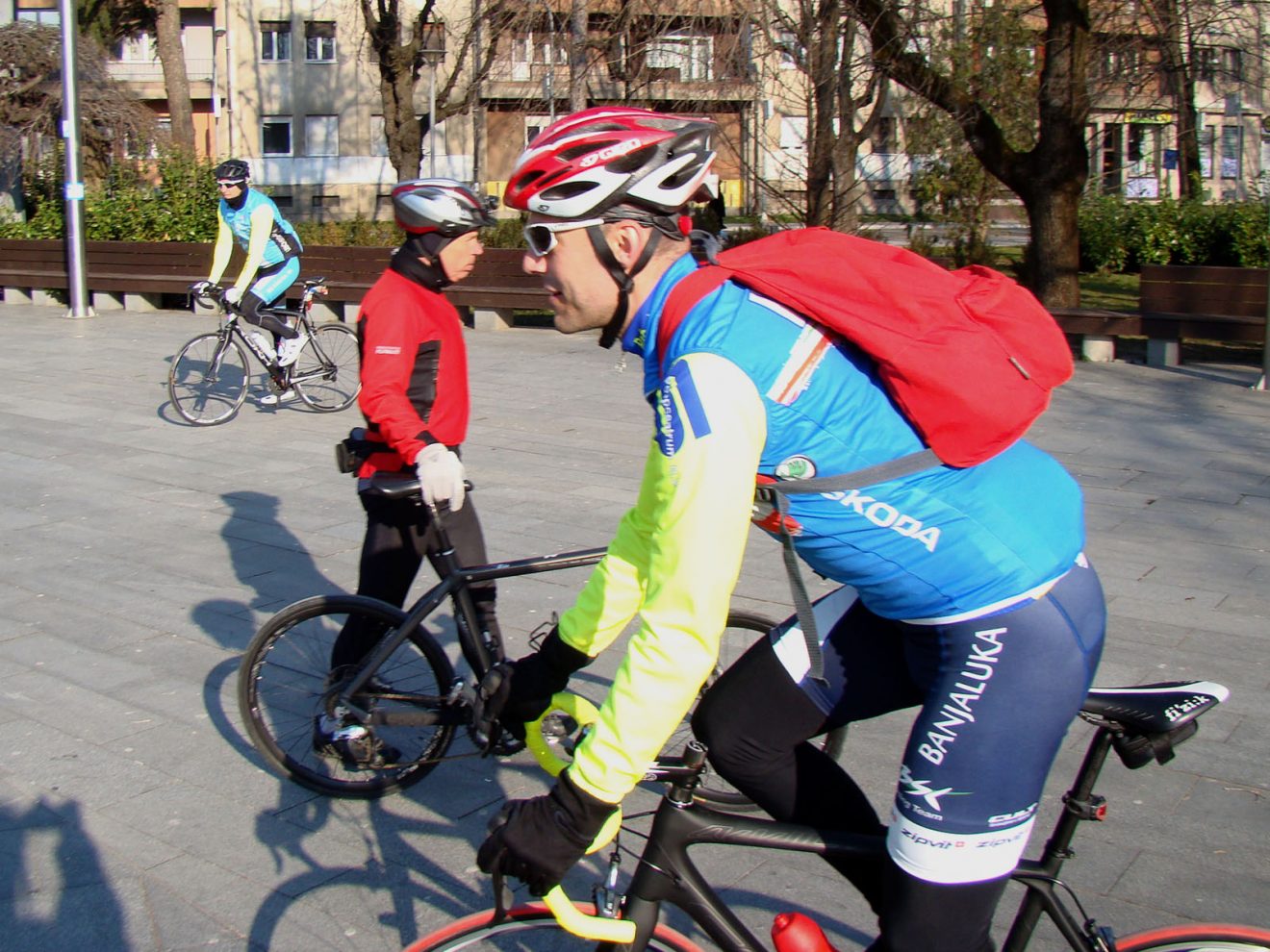
Of course, everyone has their own opinion, but what turned out to be an optimum setup for me is a small pump mounted on a frame near one of the water bottles and the smallest possible saddle bag for spare tire and spanners, while other little things and a vest go back into the jersey pockets (although I’ve been keeping my phone on the stem for several years now, but that’s a topic for a separate review :)). Either way, I think that’s the setup that most road cyclists resort to.
However, what if you need to bring more food, extra clothes or electronic devices and batteries with you because you are going on a long ride, a brevet or a multi-day adventure? The first thing that may come to your mind, for the reason that it is really logical, is to bring a backpack. This is a practical but very short-lived solution, because the backpack blocks a large area of the back that cools the body, burdens and blisters the shoulders, blocks access to the back pockets on the jersey, catches to the helmet, slides and pulls you to one side depending on the weight distribution in it, spoils the aerodynamics and – worst of all – puts extra pressure on the seating area. Also, the things you carry are completely inaccessible to you while riding.
As I have for several times been in a situation that I have to use a backpack, even during a solo 1200 km ride – I would not wish that on my worst enemy. For this reason, a few years ago I got myself into researching the bikepacking equipment, i.e. bicycle bags and other accessories specifically designed for travel and adventure.
Now someone will say how I started the article with the story that bicycle bags are a general disaster, while a few paragraphs later things have become contradictory. It should be taken into account that at the beginning I gave examples of poor choice of bags, so that we could see when they are really needed and how they should look and function.
Enter PACK2RIDE
There are a handful of options on the market – bags of different sizes, proportions, purposes but also qualitative and technical characteristics. During the research phase, before the purchase, I came to a conclusion that bags that satisfy my needs and taste are very expensive, so I resorted to an alternative solution and that is to buy the cheapest ones for “quick initial solution”. I believe that many cyclists think in the same way and practically throw money on crap products, instead of going for something better to begin with because common sense dictates that something that’s similar but many times more expensive can hardly be better in the same proportion i.e. worth the difference in price. This can sometimes be the case but usually the saying “I’m not rich enough to buy cheap things” turns out to be true.

How does PACK2RIDE fit in this story? During the organization of B-HARD a few years ago, I was contacted by a cyclist from Turkey who was starting his own brand and production of bikepacking equipment, precisely because, like me, he was not overly enthusiastic about what was available on the market. He had a vision to make products that would be completely adapted to cyclists – not only those who ride ultradistances rides on or off paved roads but also those who use bicycles in urban conditions. Furthermore, with his slogan “Ride2Live, Live2Explore” he wanted the products to be of very high quality, affordable, but also not to have the story end with a mere sale of items but to help spread the bikepacking philosophy. Now we can say that he succeeded in all his intentions.
Well, as it all sounded perfect to me, I got involved in the process during the design and testing phase and gave my suggestions, so it’s no wonder I’m very happy with the final product – so much so that I decided to take up the offer to become their official brand ambassador and promoter in my country. As a product of this, many domestic cyclists have been equipped with PACK2RIDE bags and the equipment has had the opportunity to prove itself at the B-HARD Ultra Race & Brevet, which speaks for itself.
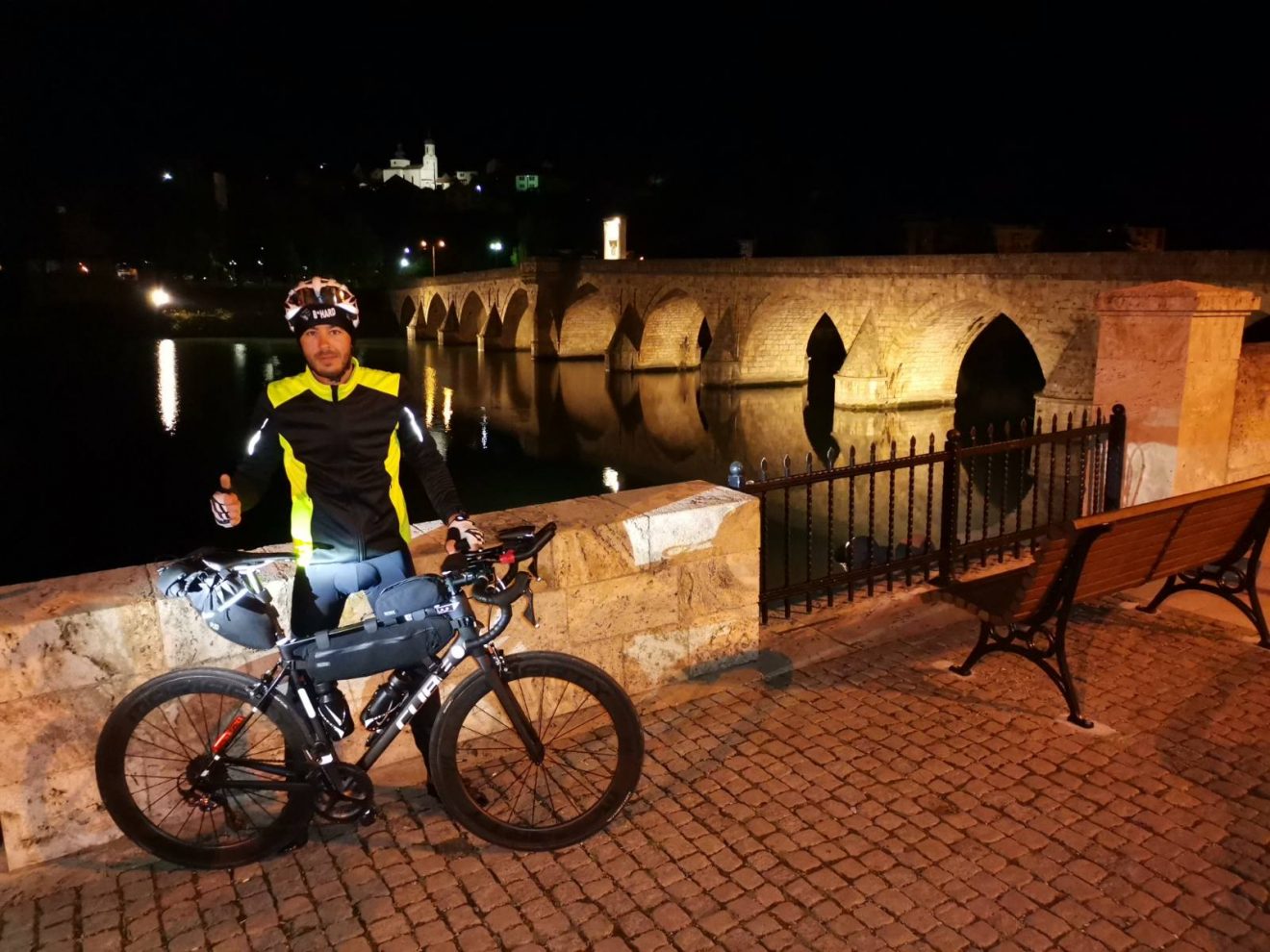
Which kind of a bag to get?
In short – all of them :).
The first and most useful bag you can get, which you will find hard to give up when you get used to having it on your bike, is the top tube bag. In this case, the model is called TopRock and I opted for a larger variant, which is very spacious and comfortably accommodates a power bank of 10000 mAh, cardboard card, energy gel or chocolate, money and some other little things and if necessary even a phone – things you want to have on hand or use while riding. And that’s on any kind of a ride, even a 200 km brevet. The internal partition helps to organize the content, so that even small things are easily accessible.
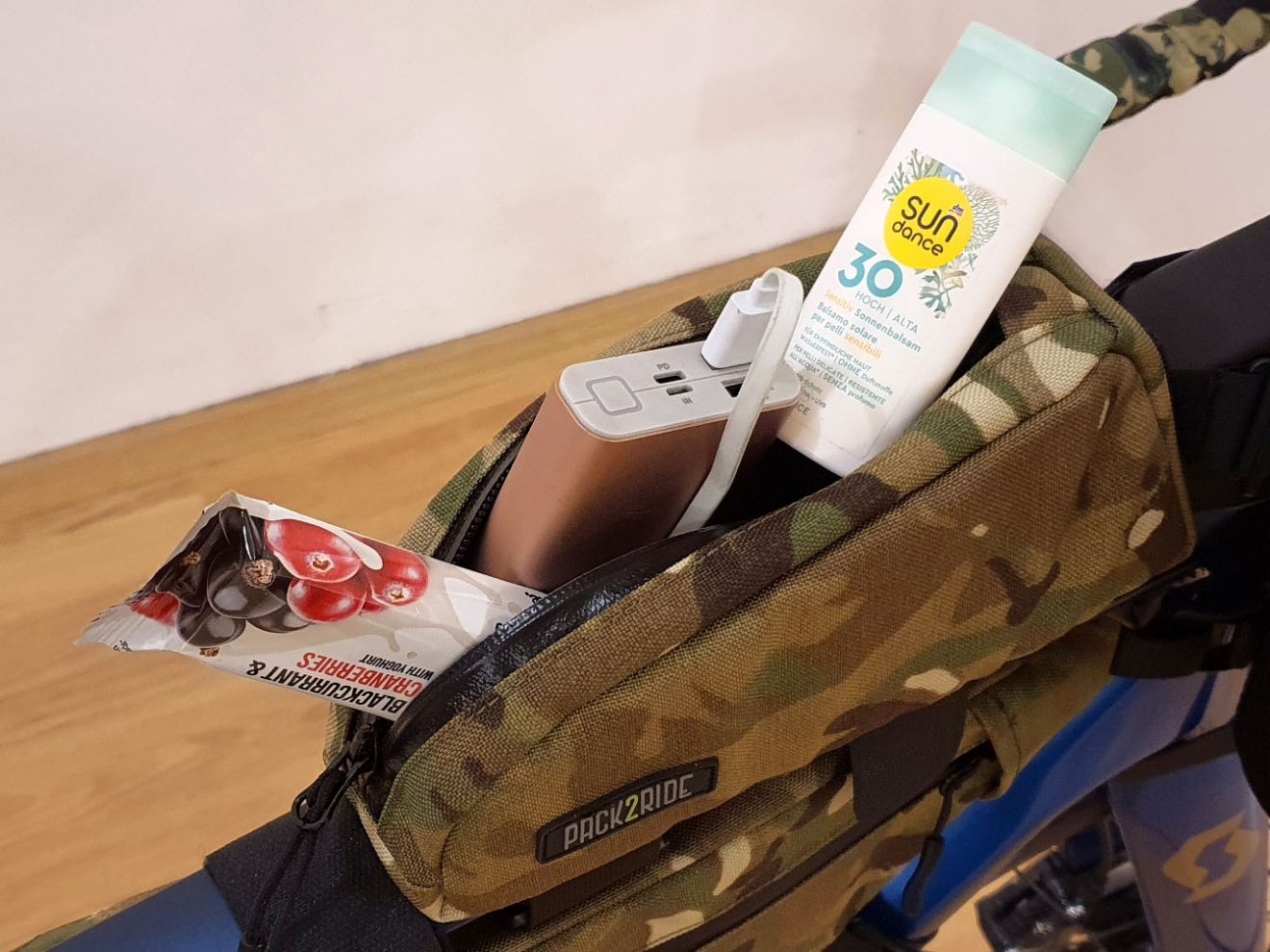
For the times when you really need a large cargo space, the classic choice is a large saddle bag – my choice was Inova in Light variant or a smaller version, in which you can fit an additional set of cycling clothes and jacket, as well as civilian clothes and all other bulky (but not too heavy) equipment and food, which you may need for travels and longer adventures. It is possible to attach the rear light to the bag and you can carry additional things on it using a stretchable rope. With a larger version of the bag, you can practically take camping equipment with you. What is important for this type of bag is to be strong, to have the possibility of quality fastening to the saddle and seatpost, as well as an easy access to the contents, because bags that hang under the weight of the load and that swing or in the worst case scatter the contents on the road are extremely useless, aren’t they.
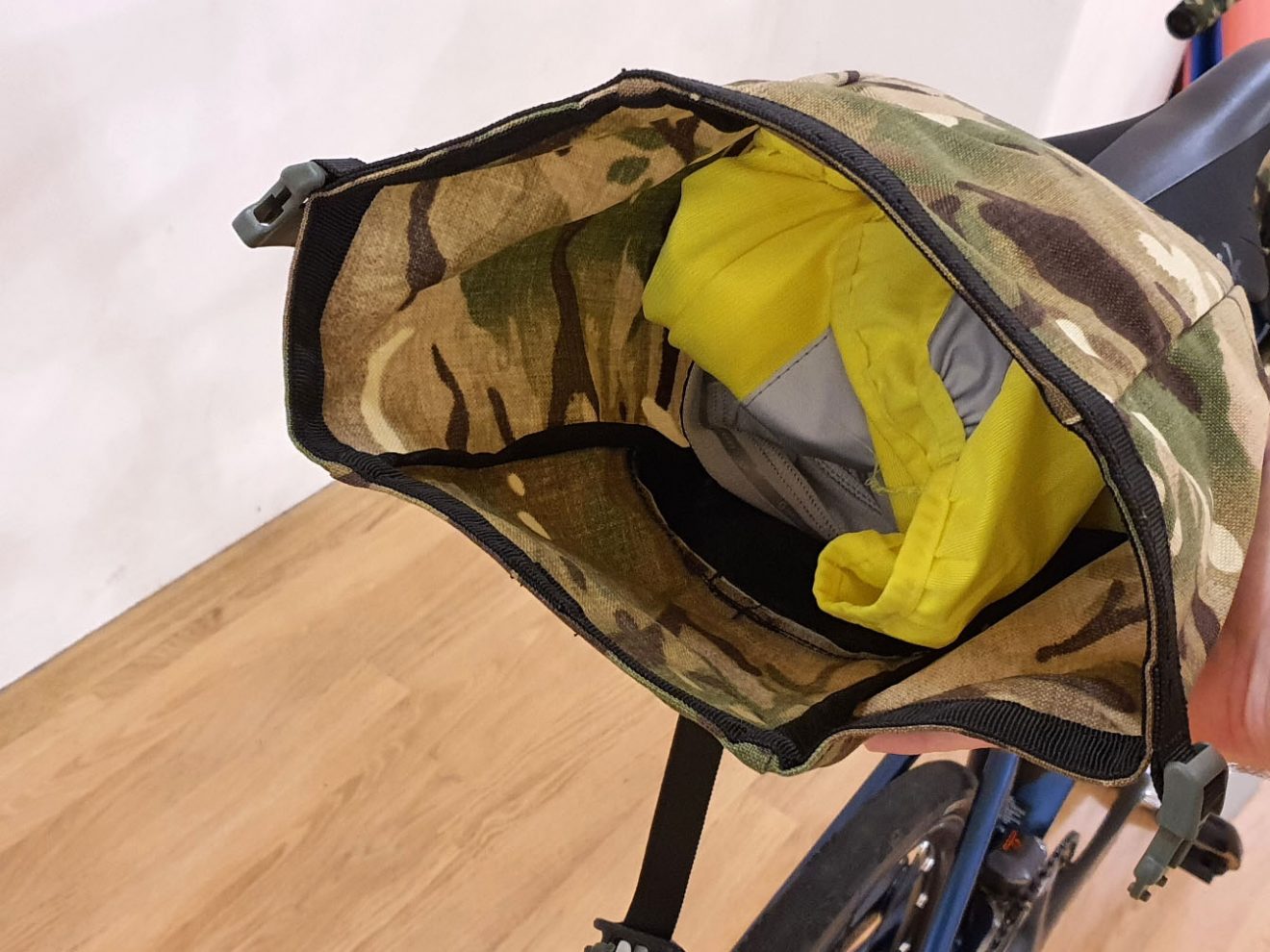
As this large bag is not very suitable for everyday use or necessary for some shorter trips of 300-400 km, I also got a bag that goes inside the main triangle of the frame and, as my frame is relatively large, I managed to fit Inna in M size, without it blocking the use of the bottles. You should pay attention to this when purchasing a bag of this kind – if you have a smaller frame, you may need to switch to bottle brackets with side access. Either way, this is an incredibly practical bag, because it also has internal pockets, so I can put a bunch of chocolates, a passport, sunscreen, extra batteries, spare tires, a CO2 pump, arm warmers, leg warmers and much more in it, while everything always stays in its place and is at hand. Also, the bag does not interfere with the knees, nor does it affect the center of gravity of the bike.

Bags that can affect the center of gravity and handling, so they are less often used on road bikes, but that are very spacious – are handlebar bags. Initially, I took a cylindrical Bongo bag just out sheer interest, because I saw that they are often used in ultradistance races, so I wanted to see what was the deal with them. Well, the deal was really big! 🙂 As it is located next to the head tube of the frame, it does not affect the balance and handling much but it is amazing how practical it is for carrying additional drinks, food or practically anything else, especially with additional mesh pockets on the side. I thought I was going to keep hitting it with my knee while riding out of the saddle but it actually turned out that the location where it is placed was a long way from the knee.
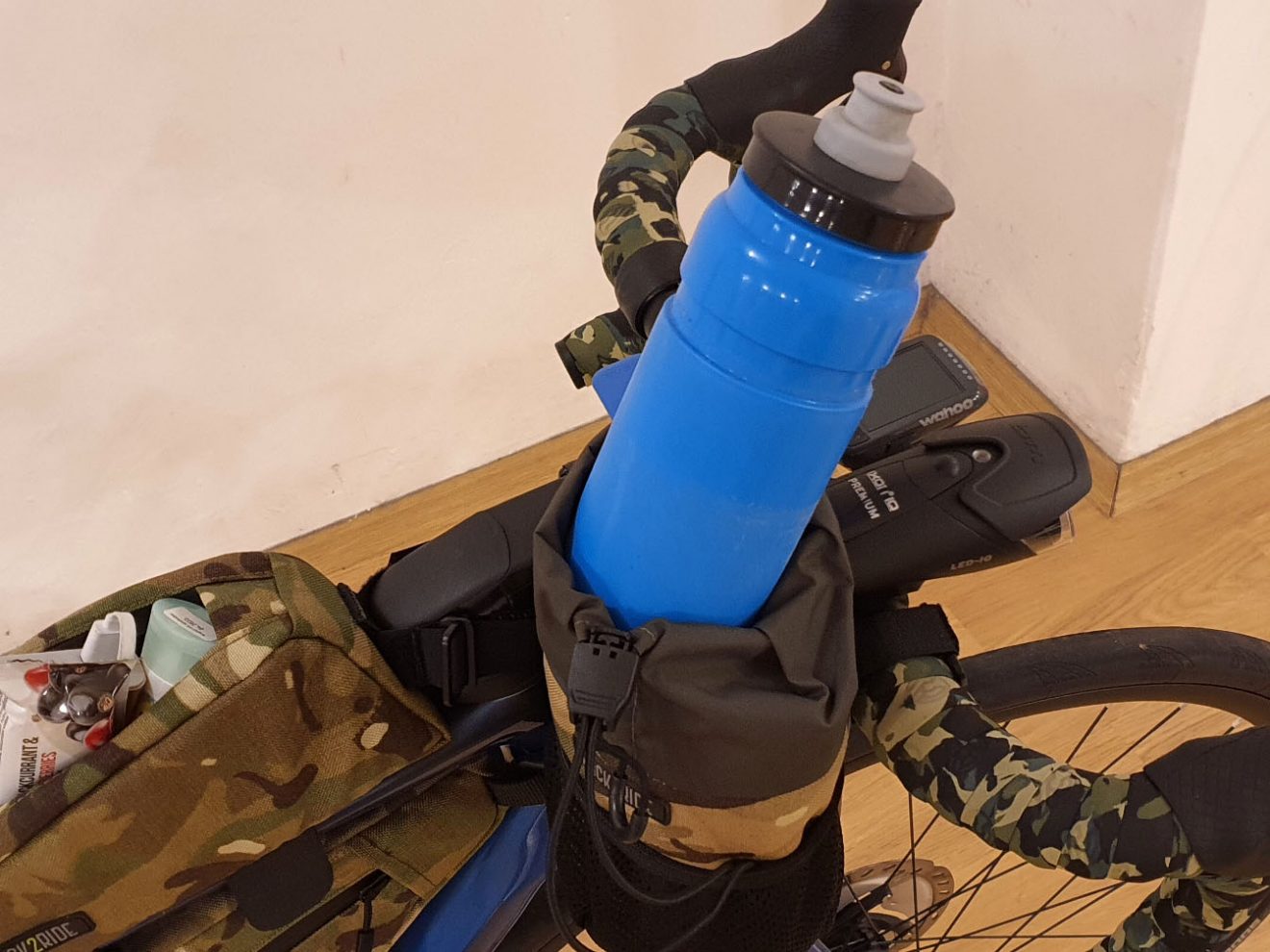
These bags are available in black, brown and camouflage colour. PACK2RIDE has a much wider range of items that what is shown here, so to see the complete range – visit their website or Instagram page.
“It’s raining men, hallelujah”
The first thing people ask when it comes to bikepacking bags is if they are waterproof. Pretty valid question, of course. Even though most of the manufacturers claim that their bags are waterproof, a quick test in the shower will show that most bags other than bags from very expensive high-end brands are not. PACK2RIDE claims no such thing but in fact they do a very good job at being water repellent and the contents will stay dry in most light rain and passing shower conditions. In either case, waterproof or not, I always use a “dry bag” (e.g. just a bog-standard plastic shopping bag) if I want to make sure contents will stay dry no matter what.
Summa Summarum
I hope that this article, in which I put focus on how to chose the best type of bag to suit a particular need and type of riding, helped you understand what would suit you best and at the same time managed to present you with bikepacking products that represent excellent value for money, so you can make a comparison with some other bags you are potentially considering purchasing.
Live2Ride, Ride2Explore!
